In the wake of the U.S. House’s passage of the abortion ban at 20 weeks, abortion advocates are calling something “cruel” and “disgusting.”
You’d think the cruel and disgusting things to discuss would be dismemberment abortion (which, yes, literally does rip babies apart, piece by piece as the video below by Dr. Anthony Levatino explains), the thousands of these kind of abortions that are performed around the nation every year, or perhaps all the babies who are currently aborted and left to die after they survive.
Those are things that the majority of Americans think is disgusting, when they take the time to really consider it.
But abortion advocates aren’t using “cruel” and “disgusting” for these things. Instead, they’re using them to describe the bill itself, largely because it wouldn’t allow exceptions for parents who want to abort based on a diagnosed disability. Instead, the bill would allow babies with disabilities to live.
Babies with Down syndrome? Cystic fibrosis? Trisomy 17? They would be given life — at least if the diagnosis was made at 20 weeks or later — under the House’s bill.
And this is a wonderful thing. The children below are examples of the children who will be saved by the 20-week ban.
Titus Steng was diagnosed with spina bifida. Doctors said he would be a vegetable and volunteered to do an abortion at eight months. His mother refused, and today, Titus defies expectations.
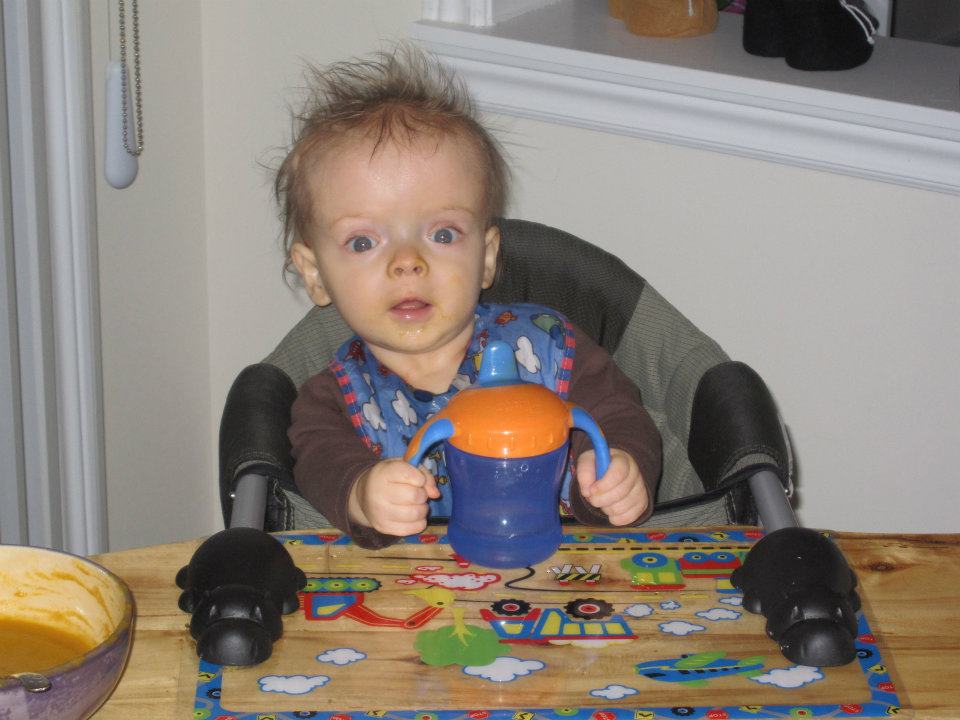
Heath White completely changed his mind about his daughter, Paisley, who has Down syndrome. He deeply regrets pushing his wife to abort her.
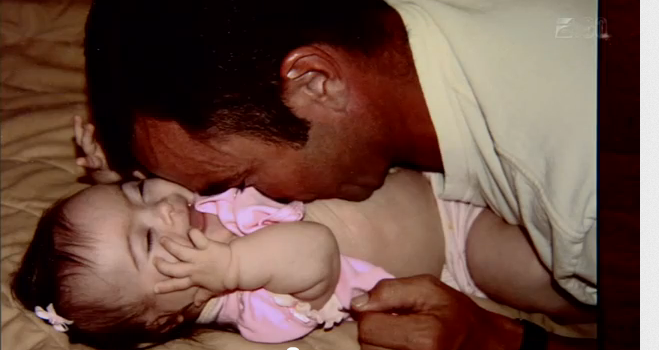
Betsy Leaf insisted that she was keeping her little boy, Jacen, after he was diagnosed with anencephaly and she was offered an abortion.
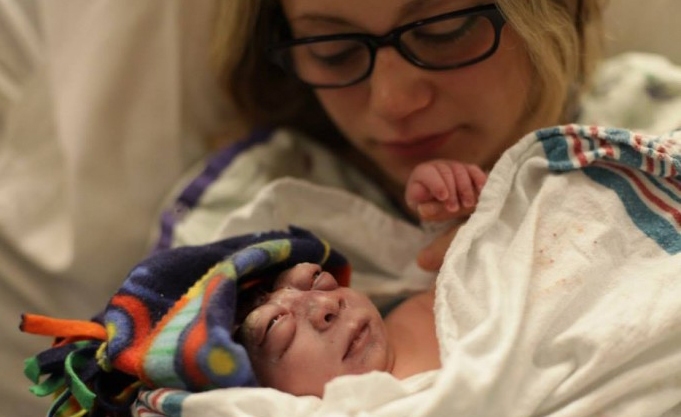
Bella Santorum, Sen. Rick Santorum’s daughter, has Trisomy 17, a diagnosis that many babies are aborted for having. TIME writer Joe Klein described Bella’s smile as the thing that made him consider whether abortion was actually a humane choice.

Sarah Palin is pictured below with her son Trig, who is diagnosed with Down syndrome. She says children like him are the “greatest joy.”
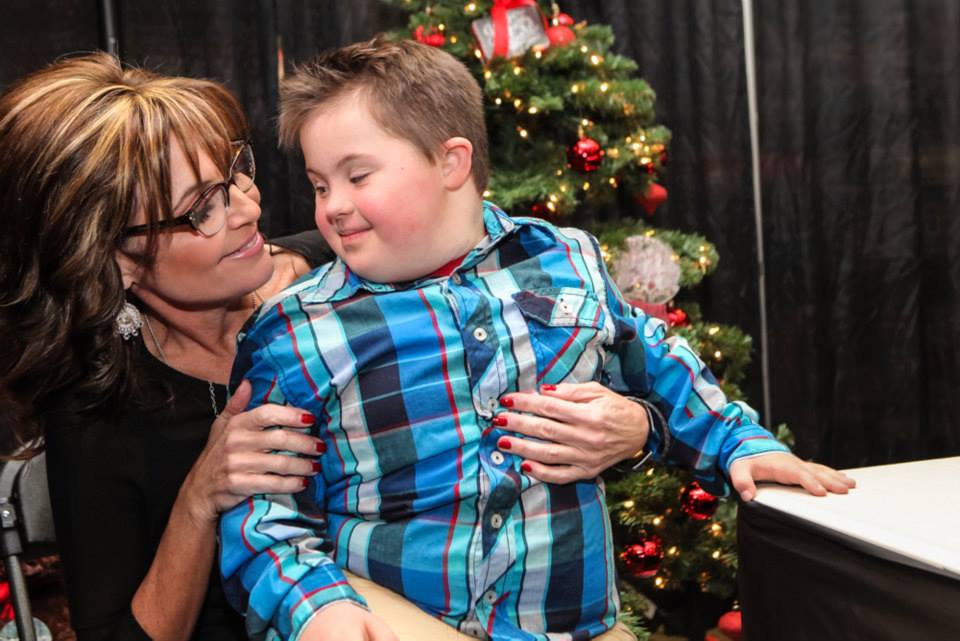
(Reserved Copyright 2013 Shealah Craighead Photography/SarahPAC)
Bowen Hammit was diagnosed with HLHS — Hypoplastic Left Heart Syndrome. In some countries in Europe, over 70% of babies with HLHS are aborted. Bowen’s parents refused abortion and gave him a name that means “small, victorious one.”
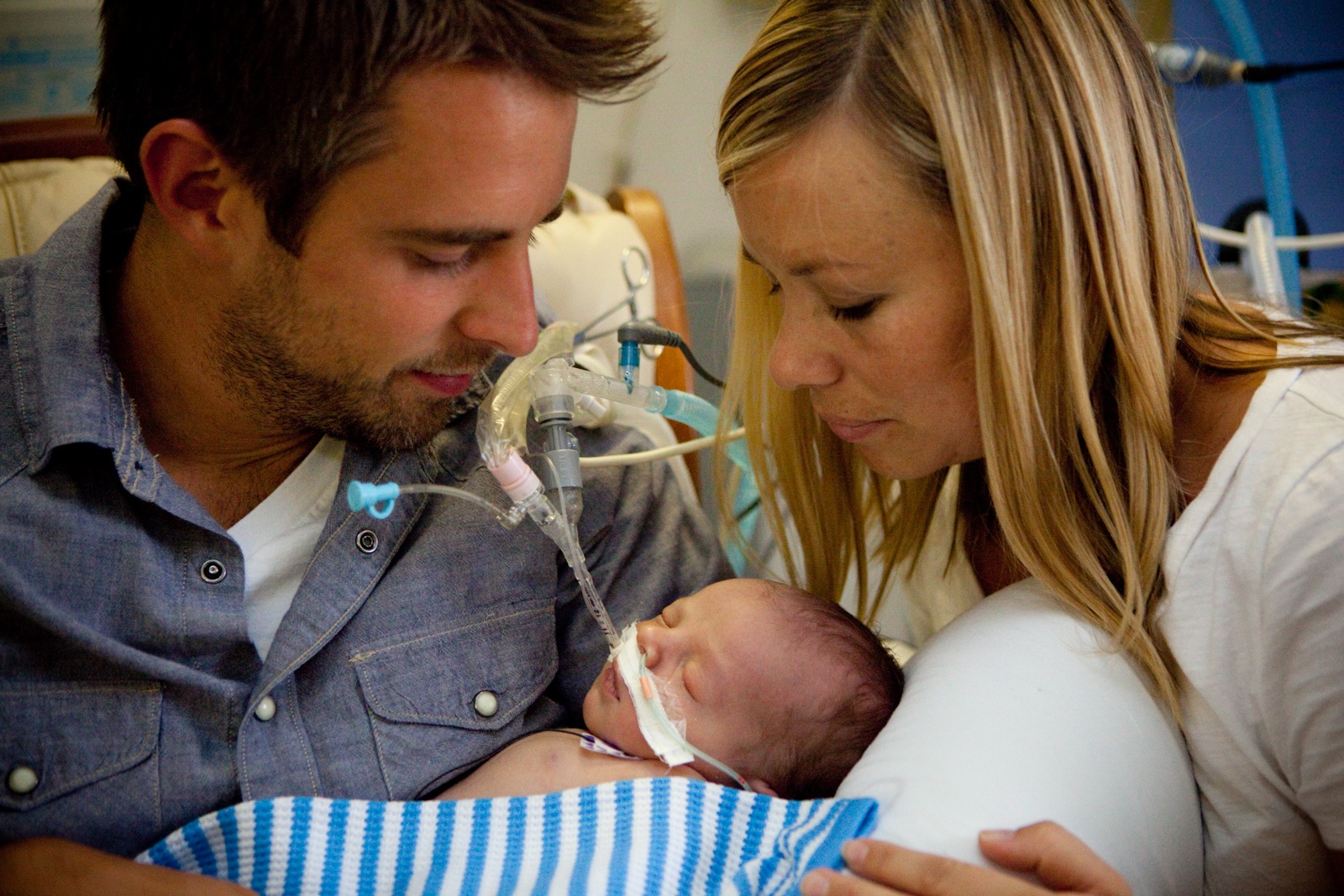
Carter and Connor Mirabal’s parents rejected abortion after they heard their sons would be born as conjoined twins. (They are now successfully separated.)
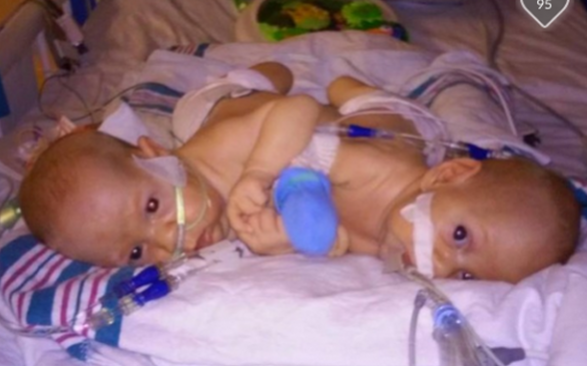
Aidan Peterson was diagnosed with a cleft lip. Far more babies are aborted for this condition and for club feet than are actually reported. Abortionists happily list this as a “disability” or “fetal anomaly” that they abort for.
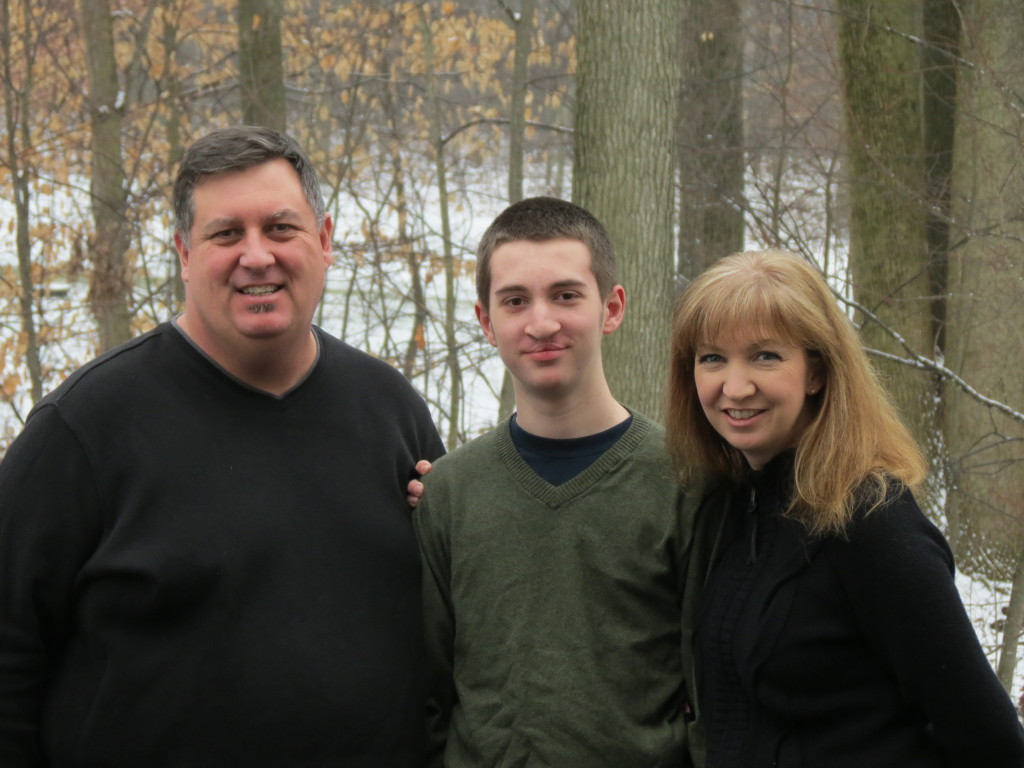
Baby Jude was diagnosed with dwarfism. His parents are continuing to chronicle his amazing journey. They were told to “terminate and try again.”
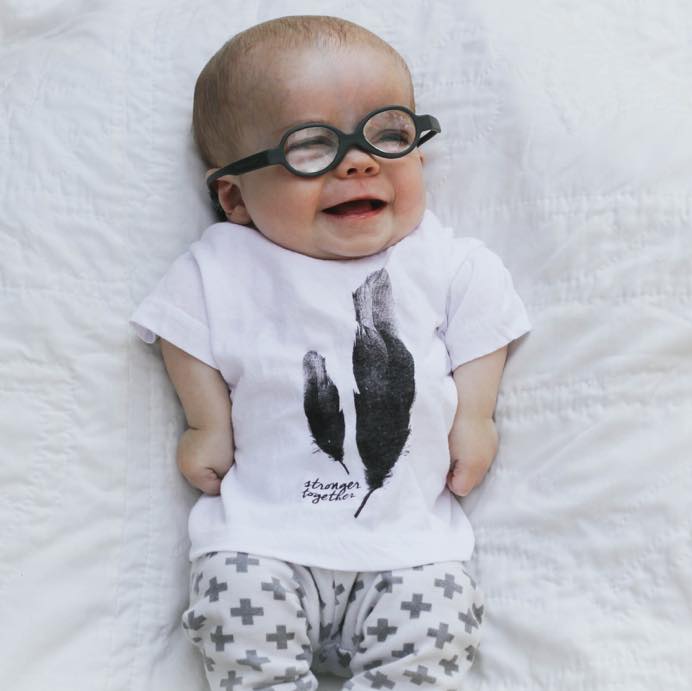
Christian Buchanan wasn’t a typical newborn, but his mother Lacey says her son has always been equally valuable — and just as valuable as his younger brother who was born without any anomalies or conditions.
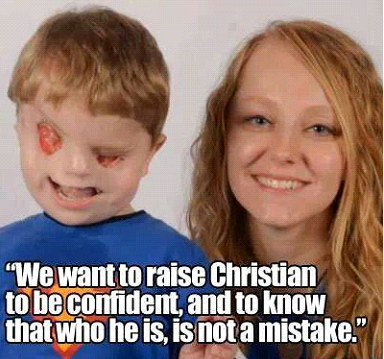
Christian’s story has gone viral, thanks to a YouTube video his mother made.
Americans United for Life explains the huge percentage of deaths that are chosen for babies diagnosed with a disability. (There are also countless stories of babies who were misdiagnosed by doctors or whose condition was much less severe than the parents were told. How many children are being aborted based on a diagnosis that isn’t even accurate?)
A recent AP article announced that, “Some of mankind’s most devastating inherited diseases appear to be declining, and a few have nearly disappeared, because more people are using genetic testing to decide whether to have children.” However, it is not entirely accurate to state that the diseases are disappearing. Rather, in many cases, it is the children who are diagnosed with the disease that “disappear.” As the article notes, “more women are being tested as part of routine prenatal care, and many end pregnancies when diseases are found.”
And it’s not just the babies with diseases that are an almost guaranteed diagnosis of early death – like anencephaly – who are being aborted. It’s also the babies who could live a relatively long life. For instance, many people with cystic fibrosis now live well into their 30s. And yet, in a Kaiser study, 86.9 percent of babies diagnosed with cystic fibrosis were aborted, including 66.6 percent of the babies predicted to have a less severe form of the disease. (Note that in all cases, the severity is predicted, but doctors do misdiagnose, especially by over-diagnosing the severity.)
Babies with Down syndrome are also aborted at a huge rate. Newer studies indicate the rate falls somewhere between 67 percent and 85 percent. These, too, are people who can get an education and in some cases, hold a job and even get married or live without their families in a group home or a special apartment.
Of course, none of these abilities, age at potential abortion, or length of life is a determination of the value of these babies’ lives. Whether a baby can live for mere seconds or ninety years or whether she has just been conceived or is 20 weeks along does not make a difference in whether she has a right to life. A baby with anencephaly deserves to live just as much as a baby with Down syndrome.
The point is basic: it is neither “cruel” nor “disgusting” to save the lives of countless babies diagnosed with diseases or disabilities. It is, instead, humane and right to save them.
Let’s see with our own eyes the kind of children abortion advocates think should be aborted. After seeing these precious children, there should be no doubt that ending their lives – and the lives of babies like them – is what’s truly cruel and disgusting.






